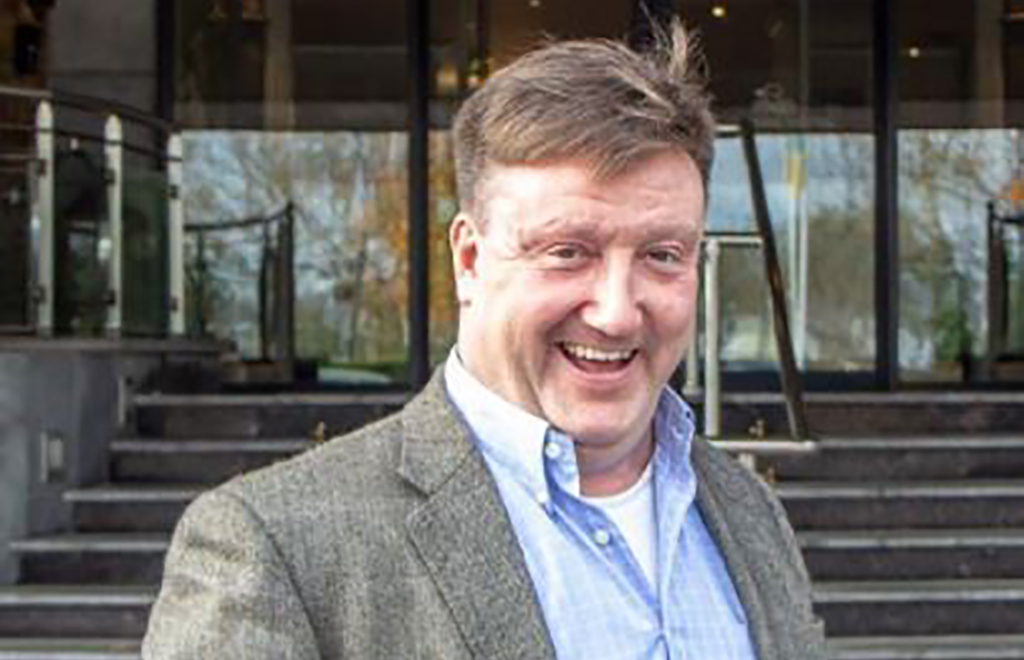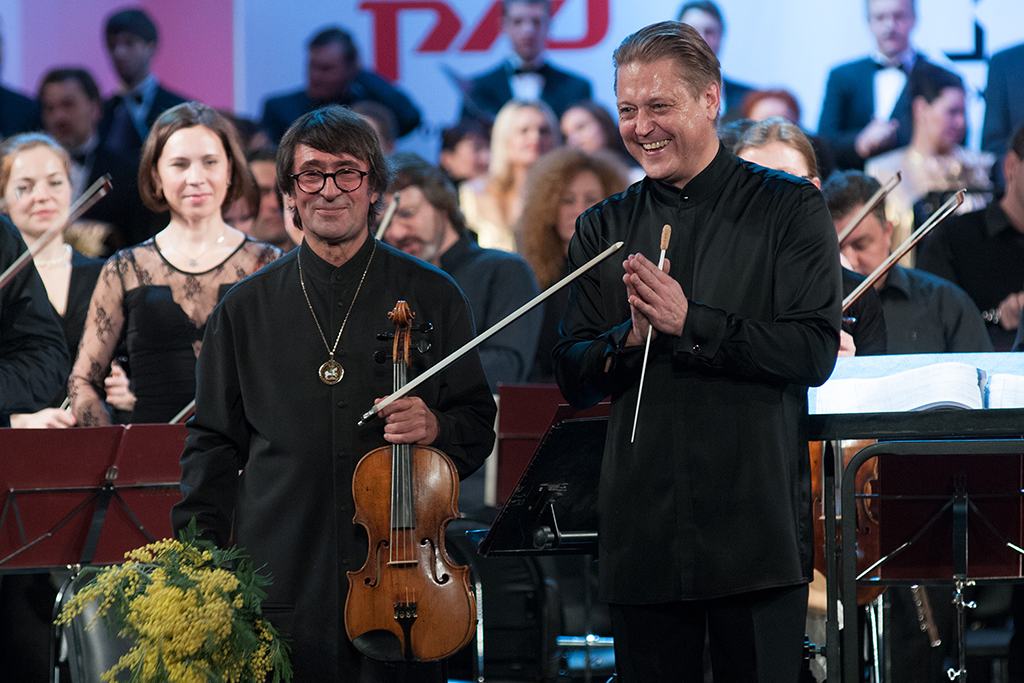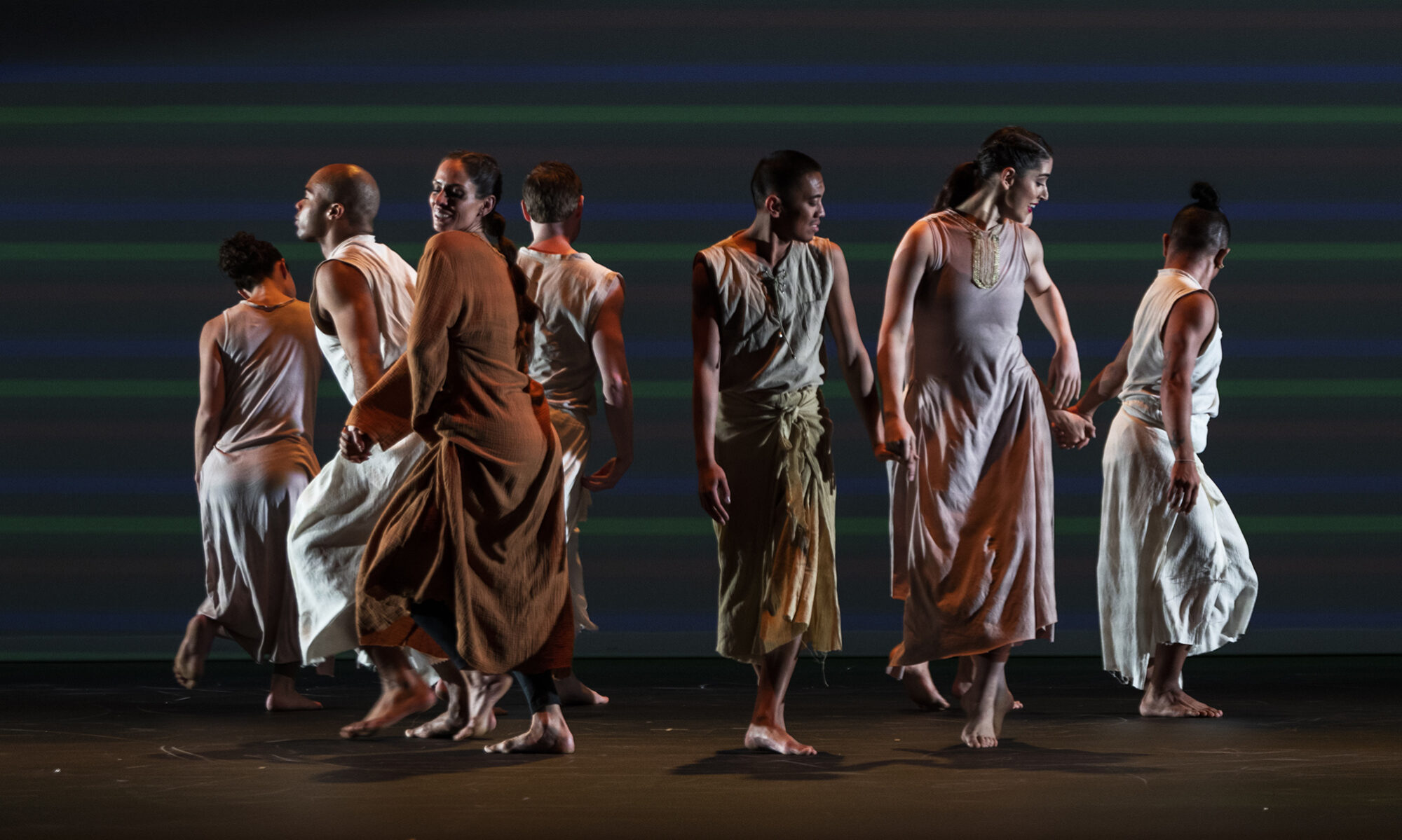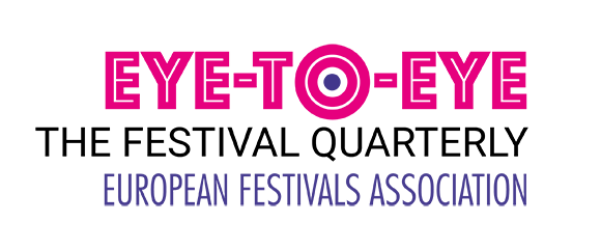The Gaelic Festival Odyssey

Colm Croffy has spent over 30 years working in events and festival management crossing the educational, arts, business and cultural sectors. Currently engaged as Executive Director with the Association of Irish Festivals & Events (AOIFE) and freelance Festival and Events Consultant, he was formerly Co-ordinator for Ballinasloe Fair and Festival – one of the largest festival and heritage events in the West of Ireland, he was a part time Producer with The Rose of Tralee – one of Ireland’s longest running televised International festivals based in Kerry in the South West, since 2004. Having been a Collective Member of the European Festivals Association since 2006 he was elected a Board member in 2014. More recently he is a founding member of the Irish Event Industry Alliance and engaging / assisting as a stakeholder group with many COVID Event issues for Government.
As a Covid Outlier country in Europe during our long Winter and Spring of restrictions and full lockdowns – it got me wondering again during the more contemplative elements of a house arrest Samhain (Irish for Halloween), as to where the urge or right of us Irish came from, to – Festival.
Our Arts Festival form does not follow it’s genesis similar to our continental cousins. Given our neutral stance during World War Two – there was no sense of communal cultural rejoicing and rekindling of High Art Cultural activities that were showcased for example like the Edinburghs or Aix en Provence.
Perhaps our Festival story of the 20th century mirrored our Nordic Viking colleagues; where to commemorate and celebrate was cleverly and closely aligned with national and cultural identity. Significantly, though our young independent state from the 20s to the 60s was never flush with state resources to invest in Festivals and Culture and local administration was also impoverished.
Looking back to the long story there was a long dark stretch from the late Norman times to the 1950s where our cross roads, village greens, taverns, churches and squares were not awash to the boisterous business of hosting a festival.
The ancient Gaelic Feis – was the traditional DISPLAY or Exhibition of Culture, Music and Art from Queen Maeve’s time; its lofty high artistic ideals of the hosting chieftains well swamped with Mead, Mutton and general debauchery that probably made Feile’s in Thurles in the early 90s look like a Montessori gathering!
These Feiseanna but not quite Feile, similar in other Celtic lands, tended to follow the four great Gaelic Feasts of the Pagan year – Imbolc, Bealtaine, Lug and Samhain. St. Patrick and the early Celtic Christian Church layered the Latin psalms onto the pagan rituals and wells, mountains and forest gatherings which involved strong drink, dancing and music – morphed into pattern day or Saints Days locally. Typically after some early morning trekking barefoot or chanting of special prayers around a well or fairy bush mound; an afternoon or indeed a few days of mayhem and merriment ensued. The big Feast days of mother church all had gathering or mumming traditions associated with them.
The Flight of the Earls and the dispossession of Catholics under the Elizabethan and subsequent conquests removed the patronage of families to the poet, piper, the harpist, the minstrels of the gallery and for the first time in 3,000 years the Irish spirit of congregated hospitality, culture, music, art and welcome to local and stranger evaporated somewhat.
Its DNA was cultivated in the hedge school, in the bardic – nomadic tradition and in the continual development of large market towns and the hosting of Fairs.
For most of the 17th, 18th, 19th and a great deal of the 20th century no Festival per se existed to platform heritage, culture, music or celebrate community. The ancient Fairs of Lammas, Ballinasloe and Puck somehow did not go the way of Donnybrook. Emigration provided other laboratories for our music and song to evolve and enrich. The Social Media for most of these centuries for preserving so much of the lore that Seamus Ennis, Ciaran Mac Mathuna and Sean Mc Reamoin eventually harvested with the Folklore Commission and the RTE outdoor recording unit – was the street balladeer or musician; which evolved into sheet music.
The understanding of the Classical Cannon was stunted to the Cities with large labour force who were the patrons of the Operahouse, Variety Halls and Concerts. The Music of the Big House somehow became associated primarily with the landed Ascendancy Class as opposed to the ordinary folk continued well into the 1960s.
The 19th century saw Cardinal Cullen’s influential ROMAN church stamp out all Celtic antics of the Pattern day and anything else connected with fun, seeing it as a natural collusion of Church and State culminating in the infamous dance hall act of 1935, which only authorised public dancing with the support of Mc Quaid’s Trinity of Church, Gardai (National Police ) and Judiciary.
The accessibility of the new middle class in the 1890s to bicycle ownership and Douglas Hyde’s Gaelic League wrapped the Celtic madness of unbridled festivity in a complete Irish blanket of respectability. Welcoming back into vogue with the early Oireachtas (Assembly for Freeman for Patritotic Purposes) and Feiseanna (Cultural Competions in Irish Music Folklore and Dance) of the first 4 decades of the 20th century and as part of the Gaelic revival possibly did more armed with focloir (Gaelic/English Dictionary), fainne (The lapel pennant worn by native speakers in the last days of Colony satus), and Irish dancing classes than 7 centuries of guns steel previously.
It was not until the late 60s before the Church got around to decrying Douglas’s Gaelic idea of a Fleadh Cheol (Large Gathering for the displaying of Irish Traditional Music, Song and Dance) in the debris of bottles and hedonism but by then the State had already let the genie out of the bottle in supporting the first Toastal (An Offical Irish Homecomming Gathering) in 1953.
We had two Gatherings – one in 2014 and the other that started in ‘53 as a Government plan to get as many of the diaspora back to spend their money during the holidays – if only the local communities organised summer events and festivals to welcome them – it’s still continued in Drumshambo, Co Leitrim to this day!
A great deal of the Classic and Megga Ballrooms were built on the proceeds of Carnival Tent dances for whole weeks of summer and harvest time.
Todd Andrew’s Torurism Authority of 1952 aggressively funded, promoted any Town with a Hotel to create a Festival and was grant aided by the state from 1953 – 1959. The oldest of our modern calendar owe their origins to this period – Cork Jazz, Cork Film, Dublin Theatre, Dublin Film, St. Patrick’s Day, Galway Oyster, Waterford Light Opera, Wexford Opera, Rose of Tralee International.
Tourism interests, Chambers of Commerce and clever far reaching local authorities combined for the next 40 years back and supported by the might of the Brewers and Distillers marketing budget to develop a cultural and regional festival programme.
The Tourism Agency stopped sponsoring but not promoting festivals from the early 70s to 1995 over some blighted policy. In the early 90s a desire of the Arts Council and the creative world to make state subsidised arts programming available to the population outside of the Capital used Arts events and Festivals to act as a counter balance to the capital consuming 80% of the available budget which was always paltry.
Wheel forward to modern times and our festival and community event scene would be about 700 annually – possibly too many, being run on shoestrings by a regulatory hassled volunteer yeomanry and more sophisticated audience demands and stretched State. Cobbling from one year to the next the fundraising, the chasing of grants, programming and the production of it all and wondering possibly where the fun has gone.
The private and for profit festival and cultural event scene dubbed the Live Performance Industry would see some 150 annual festival type events.
The 70s and early 80s were possibly where the seeds of most of the oldest Multi Disciplinary Art Festivals and some niche Arts From specific festivals germinated. The country’s accension to the then EEC in the early 70s and a push for more continental visitors, a more educated population and the engagement of Local Authorities with dedicated Arts Officers saw a great deal of arts and cultural platforms being created.
We hosted the European Cultural Capital in three different cities – Dublin, Cork and most recently during the pandemic in very challenging circumstances – Galway.
In more recent times the Arts Council and Tourism authorities have created and curated supports and funding structures that meet their relevant policy sub sets investing over €7 million annually – island wide. What is very often overlooked is that whilst each agency vies at times for omnipotence in the Arts Festival sector – it is the Municipal or Local Authorities who cumulatively contribute the largest amount of public subsidy to their cultural and arts events – driven and focused by local needs and priorities.
In AOIFE’s formation and development through most of the 90s and indeed early decade of this century the Local Authorities have remained steadfast in their support for the network and it’s resources.
Our desire pre-COVID to engage festivals with European colleagues – performers stretches back to the first of the AOIFE early conferences in the October months of the late 90s and the range of European and International speakers from a range of sister networks.
Dublin, Belfast Cork and indeed Wexford were always international looking in programming but Galway – the Western Bohemian City has tales of cultural continental connectivity going back to Christopher Columbas days!
We are hopeful that the Arts Festival Summit – organised by the European Festivals Association and hosted by AOIFE – we can help re connect the Irish Arts Festival Community with its sister events in Europe and that the many performers and artists who created imaginative pieces for the City of Culture Year can showcase them and the artistic impulses behind them to our delegates.
The long view is that our desire to come together, commemorate, sing, dance, engage, enthuse, partake having long outlasted, domination first of Norman, English and then Roman overlords and indifferent meddling by elements of the state’s ruling elites will long outlive this temporary blip of a pandemic.
We are under no illusion we will not be rebooting, we will be rebuilding, we hope that for those that can attend in person and those who will join us online – the Galway dates can help us all reconnect and restart in the City of The Tribes to help us on our continual Odyssey.
Festival Life creates shared moments of audiences and artists, eye-to-eye


